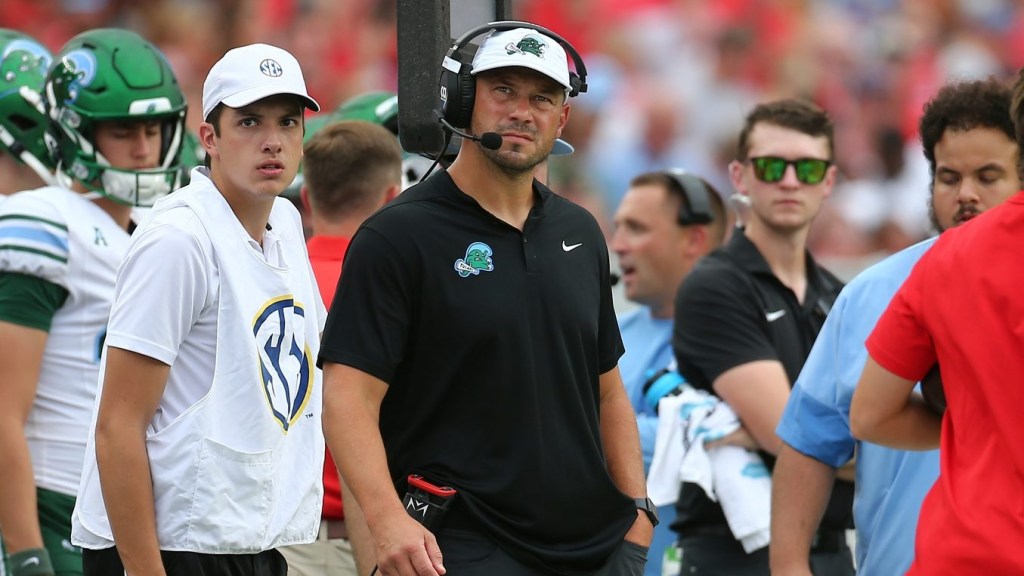A recent plea from Virginia Tech AD Whit Babcock for more athletic department funding showcases the growing number of challenges facing Division I programs—particularly those not at the top of the college sports food chain.
“If you want to compete near the top of the ACC, our budget needs to be $200 million,” Babcock told Virginia Tech’s board of visitors on Monday, noting the Hokies are projected to spend roughly $144 million during the 2025–26 fiscal year.
That’s a $56 million gap between where Virginia Tech is and where its AD feels like the department needs to be. The Hokies had an operating budget of $122 million during the 2023–24 fiscal year, and were 38th in USA Today’s most recent ranking of athletic departments’ operating revenue.
During that same fiscal year, Texas became the first D-I public school to report more than $300 million in both revenues and expenses in the same year—but likely won’t be the last.
Beginning this year, athletic departments can share up to $20.5 million of revenue with athletes. That’s led to some schools increasing ticket prices for football and basketball games, and even adding student fees to help fund the new expenses.
“If we don’t radically leap forward now, we’re likely sealing our own fate for years and generations to come,” Babcock said.
While Babcock was speaking specifically about Virginia Tech’s situation, his concerns are likely shared by many of his peers throughout the country, as the Big Ten and SEC increasingly gain more power in college sports. Those two conferences will earn the majority of College Football Playoff revenue beginning in 2026, as the power continues to shift in their direction, and away from the ACC, Big 12, and non–Power 4 conferences.

















